Battleships is a relatively simple game to teach and it is readily modified for a simple agile lesson in frequent releases and fast feedback.
Software products are necessarily emergent – we not only don’t know what we precisely need to build but the need shifts as we attempt to figure it out.
Emergent contexts are complex and complexity is best managed by diverse groups of experienced individuals working together. They need to work together to interpret the outcomes of their efforts and decide what to try next. They need to leverage their collective knowledge - the amalgamation of all their perspectives - in order to make well-informed decisions.

If you’ve been on an agile team that uses velocity as a key metric, you’ve probably experienced or at least witnessed some pretty strange behavior.
I asked a group of agile coaches and practitioners via Twitter and LinkedIn about dysfunctions they’ve seen on teams related to the use of velocity. I received plenty of responses that inspired head shaking and hand wringing. I pulled out the most commonly identified issues related to velocity and metrics and share them here.
You can find more on the topic of velocity and metrics for agile teams in the book, "Escape Velocity".

The Autonomy, Connection, Excellence, and Diversity (#CultureACED) framework is foremost in our minds and directs the work that we do. Our customers have and will become familiar with these ideas. Not just the words, but the actual tools and techniques we've successfully used in a number of organizations.


